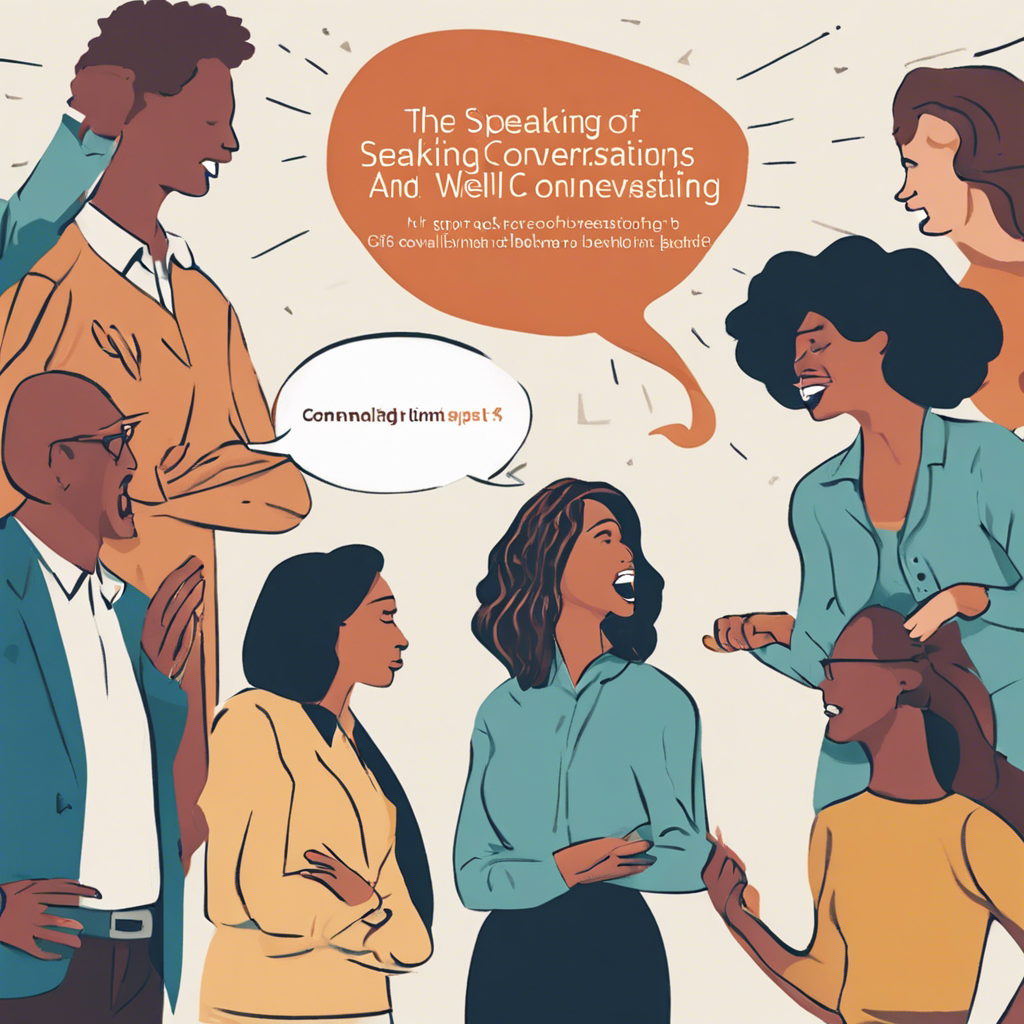Navigate the treacherous depths of the Sunken Ship and unlock its secrets in Super Mario RPG
In the gaming world, there are certain challenges that have gained a notorious reputation for their complexity and difficulty. One such challenge is the Sunken Ship puzzle in Super Mario RPG. This puzzle requires players to complete six tasks and gather clues to unlock a hidden door. In this guide, we will take you through each step of the puzzle, providing tips and strategies to help you conquer this formidable challenge.
Upper Hallway
Sunken Ship Puzzle #1: Block Pillar
The first puzzle room in the Sunken Ship corridor features a flying Koopa Paratroopa and a pillar made of blocks. Your goal is to position yourself below the Koopa Paratroopa so that it accidentally knocks over the ball, causing it to fall on a green switch. A clue left by adventurer Indigo mentions that there is an “S” in the password.
Sunken Ship Puzzle #2: Springs
In the second room, you’ll encounter three springs that move sideways. Your objective is to hit blocks to stop the springs at the right moment, allowing a metal ball to bounce across all three springs and land on a switch. Indigo Jr.’s memo reveals that the password is found on the bed of the ocean.
Sunken Ship Puzzle #3: The 3D Maze
The 3D Maze is perhaps the most perplexing puzzle in the Sunken Ship. Navigating this maze without being able to see your character adds an extra layer of challenge. By following a specific path through the maze, you can reach the top and step on a plate to receive the next clue. The second expedition team’s memo hints that the password has two vowels.
Lower Hallway
Sunken Ship Puzzle #4: Coins
Entering the first door on the left in the lower hallway, you’ll encounter a moving coin that spawns more coins as it moves around the room. Your task is to follow the initial coin, collecting the spawned coins along the way, and avoid grabbing the initial coin itself. Once the initial coin reaches the end, you can pick it up to complete this task. The search party Onyx’s memo suggests that the password is very valuable.
Sunken Ship Puzzle #5: Cannons
In the next room, you’ll find four blocks and a cannon. Your objective is to hit the leftmost block to activate the cannon, then position yourself under the remaining three blocks and jump at the right moment to make the cannonball hit each block. The fourth investigation crew’s memo reveals that the password is actually a plural.
Sunken Ship Puzzle #6: Barrel and Floor Panel
The final room in the corridor contains a save point, two floor plates, and a stack of barrels. Jumping on the barrels will cause one to fall, and jumping on the ground barrel will make it move to the left. By placing the barrel on one floor plate and stepping on the other, you can unlock the door. Now, you’re ready to face the King Calamari boss.
Conclusion:
Conquering the Sunken Ship puzzle in Super Mario RPG requires keen observation, strategic thinking, and precise execution. By following our guide and utilizing the clues left by adventurers who came before you, you can navigate the treacherous depths of the Sunken Ship and unlock its secrets. Remember, the journey is just as important as the destination, and the satisfaction of solving this notorious puzzle will make your victory all the more rewarding.


















